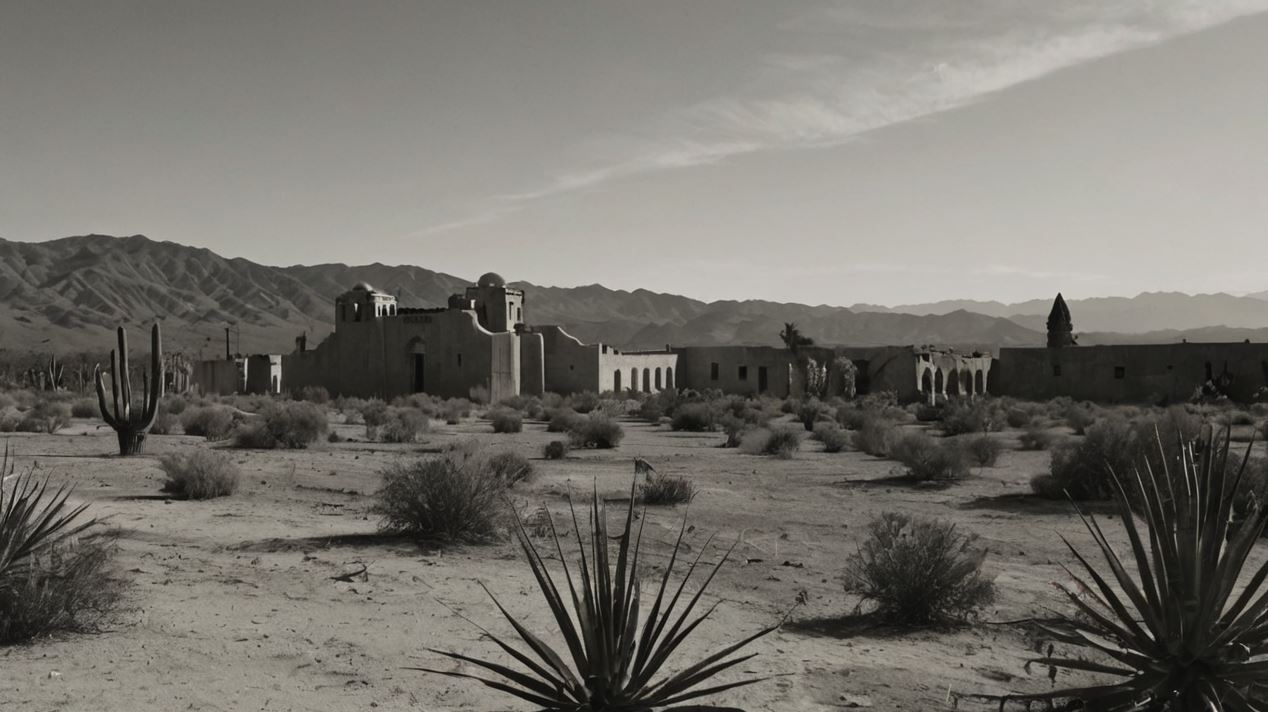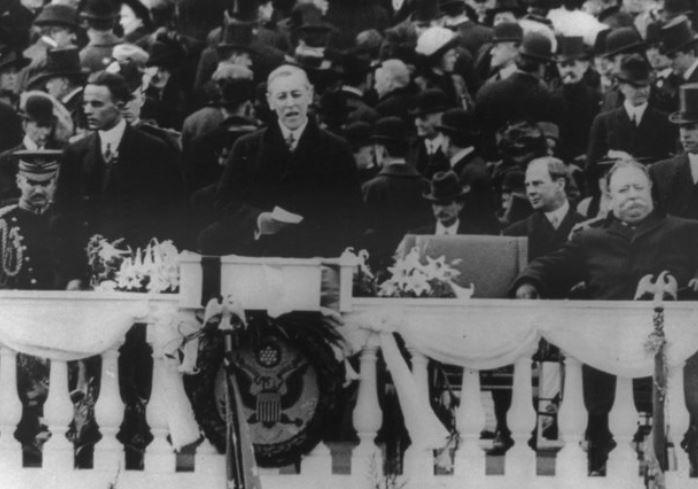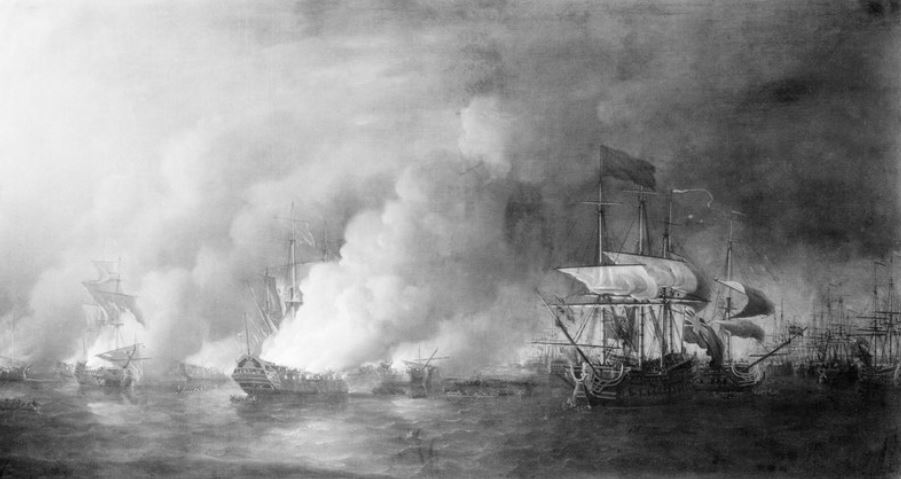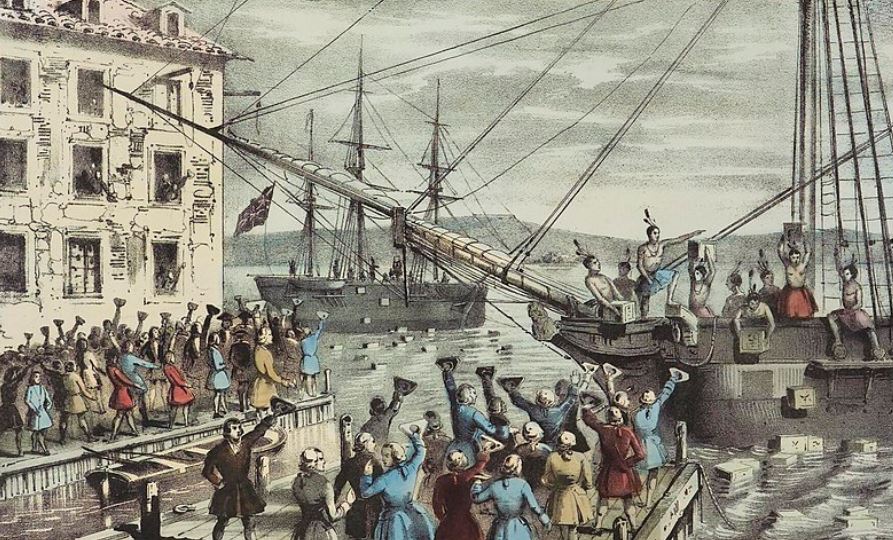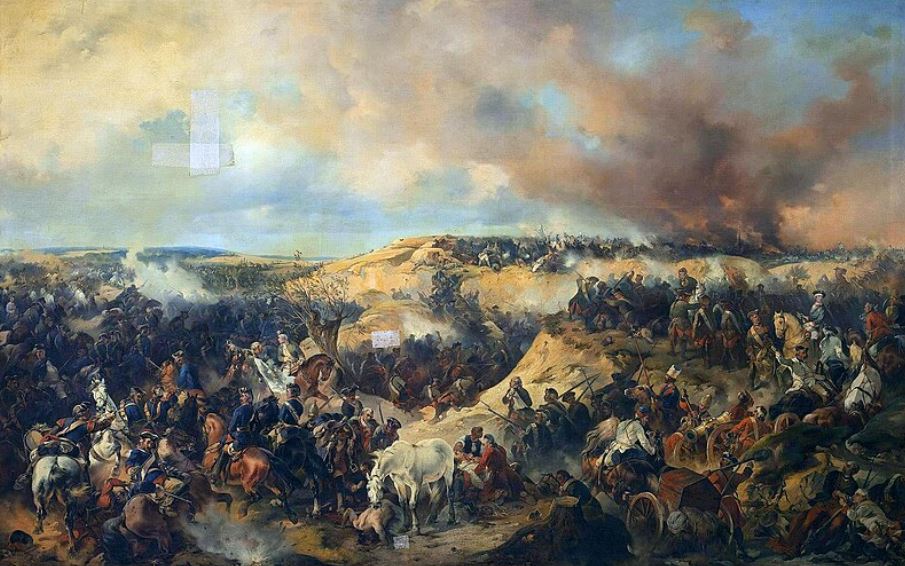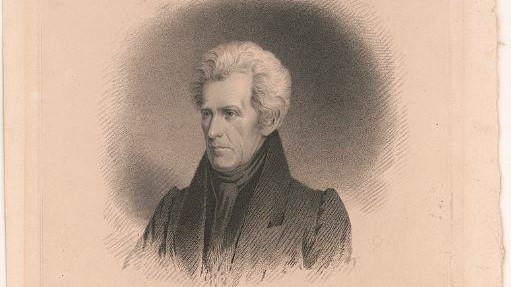Gold exploration and mining in California are most famously associated with the 1848–1855 California Gold Rush. This event came soon after California became part of the United States following the Treaty of Guadalupe Hidalgo.
The Spanish did not discover significant amounts of gold in California during their exploration and colonization efforts in the region. This article delves into the history of Spanish exploration in California, to understand why Spain did not find gold in California.
1. Spanish Exploration of California
The Spanish began exploring and colonizing California in the 16th century, driven by the search for riches and the desire to expand the Spanish Empire.
Early expeditions were motivated by the hope of finding precious metals, similar to the successful conquests in Mexico and Peru.

Notable explorers included Juan Rodríguez Cabrillo, who sailed along the California coast in 1542, and Gaspar de Portolá, who led an overland expedition in 1769 that resulted in the establishment of several missions.
Cabrillo’s and Portolá’s expeditions laid the groundwork for Spanish presence in California. But their primary focus was on charting the coastline and establishing missions rather than intensive mineral exploration or gold discovery.
Despite these initial explorations, there was no substantial effort to exploit potential mineral resources on a large scale during these early expeditions.
2. Early Accounts of Gold Discoveries
There are some documented accounts and reports suggesting that Spanish explorers or settlers may have encountered gold in California before the Gold Rush.
These reports, however, are often sparse and difficult to verify. For instance, there are vague references to gold found by early explorers, but these accounts may have been exaggerated or miscommunicated over time.
Reports and rumors of gold persisted during the early 19th Century.
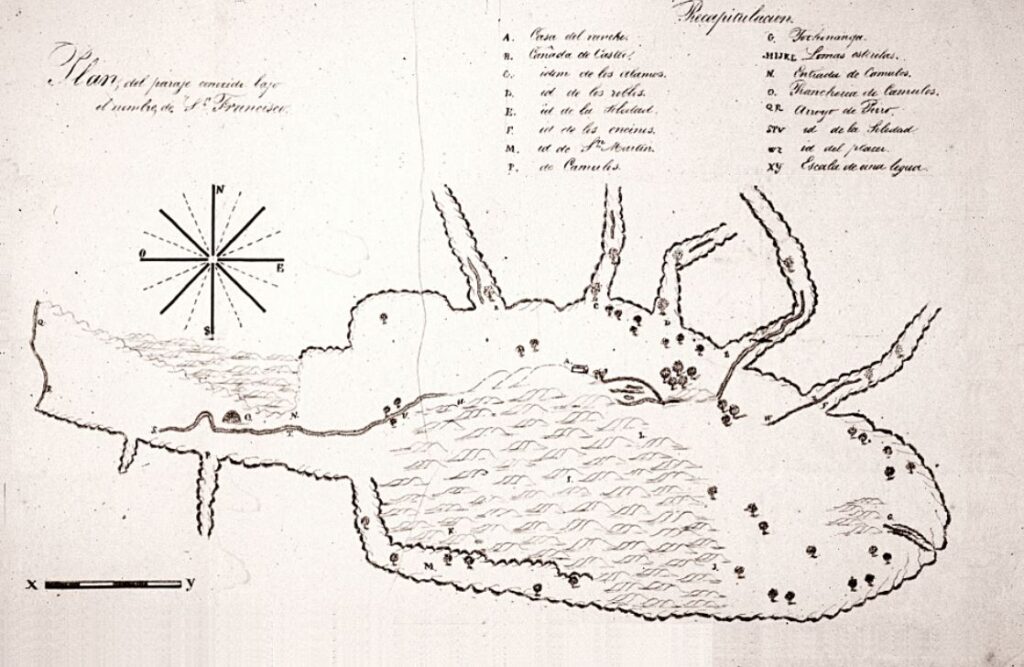
But the first documented discovery of gold in California was in 1842 by Francisco Lopez at Rancho San Francisco, north of Los Angeles. Long after the Spanish had left California.
This find attracted little attention at the time.
While searching for horses near present-day Los Angeles, Lopez, the majordomo (foreman) of Mission San Gabriel, stumbled upon a golden nugget while digging for wild onions.
Further exploration revealed more, sparking the first commercially successful gold mining operation in California.
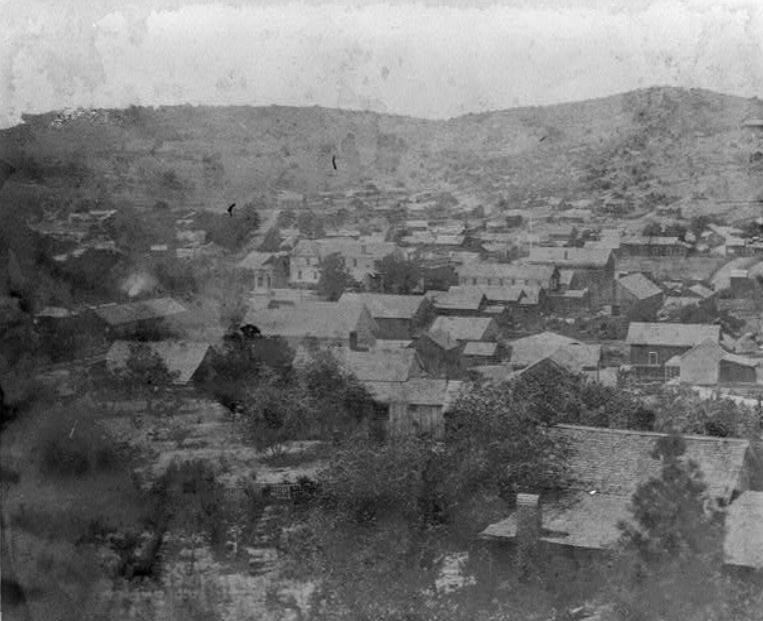
This discovery, predating James Marshall’s famous 1948 find at Sutter’s Mill by six years, occurred at Placerita Canyon, under an oak tree later dubbed the “Oak of the Golden Dream.” Though smaller in scale than the later gold rush, Lopez’s find ignited a localized frenzy and marked the true beginning of California’s gold fever.
3. Why the Spanish did not discover gold in California
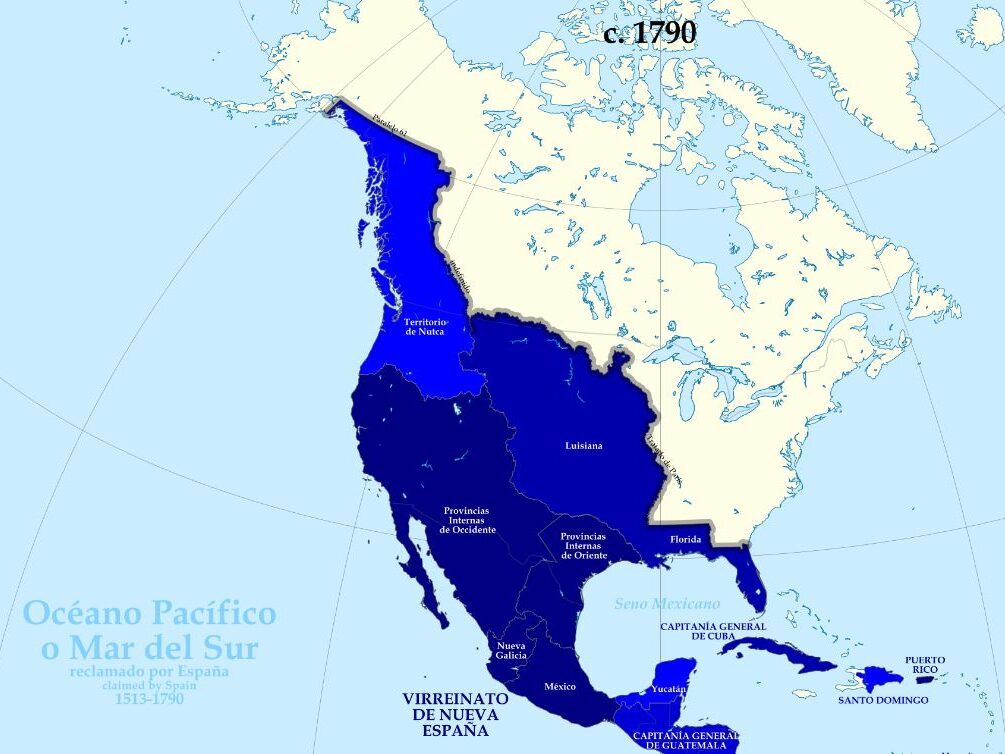
During the period of Spanish rule, California’s vast reserves of gold went largely unnoticed and unexploited by the colonizers.
Several key factors contributed to this oversight, rooted in the Spanish Empire’s broader priorities and the nature of California’s gold deposits.
An existing abundance of wealth
Firstly, the Spanish conquistadors were already overwhelmed by the immense wealth they encountered in Central and South America.
The Aztec and Inca empires possessed vast quantities of gold and silver, easily accessible through conquest.
The rapid accumulation of these treasures required minimal exploration or mining expertise, making the painstaking process of discovering and extracting gold in California less appealing by comparison.
This abundance of ready riches diminished the need to explore peripheral regions like California.
The Spanish priority was to establish Missions
Secondly, the Spanish approach to colonization in California was heavily focused on establishing a network of missions, presidios, and pueblos along the coast.
Their main goals were to spread Christianity, secure their territorial claims against other European powers, and facilitate communication and supply lines along the Pacific Coast.
The Sierra Nevada mountains, where California’s richest gold deposits lay, were far from these coastal centers of Spanish activity.
Limited by both logistical challenges and a lack of immediate incentives, deeper exploration into the interior was not prioritized.
The wrong type of gold
Much of California’s gold is placer gold, found as loose flakes or nuggets in riverbeds and streams.
The Spanish mining techniques of the time were better suited for extracting gold from solid rock deposits. A a method that required more specialized knowledge and equipment.
Without the necessary technology and expertise, the Spanish could have easily overlooked placer gold. They may have mistaken it for less valuable minerals or simply not recognizing its potential.
4. Final Thoughts on why Spain did not discover gold in California
The the 1848–1855 California Gold Rush remains the most transformative event in California’s gold mining history, but it came about after the end of Spanish rule.
While the Spanish were primarily motivated by dreams of vast golden cities, their exploration of California yielded little gold.
The arid landscape and sparse populations provided few riches. Spain’s focus remained on building missions and presidios rather than mining.
Additionally, the Spanish mainly traveled along the coast, missing the mineral-rich Sierra Nevada mountains where the major California gold discoveries occurred later. Spain’s colonization efforts laid the foundations for California’s future development under Mexican and American rule when its true golden bounty was unearthed.
Further Reading
I hope you have found this blog post about Did the Spanish Find Gold in California? interesting. To find out more about the California Gold Rush and other expansions of the United States, read here:
- How Many People Died in the California Gold Rush?
- Who benefited the most from the California Gold Rush?
- When Did Spain Lose California?
- Why Didn’t the United States Take All of Mexico?
- What US States Used to be Mexico?
- Why did Britain want Texas Independent?
- Who Owned Alaska Before Russia?
You may also enjoy these articles exploring American history:

